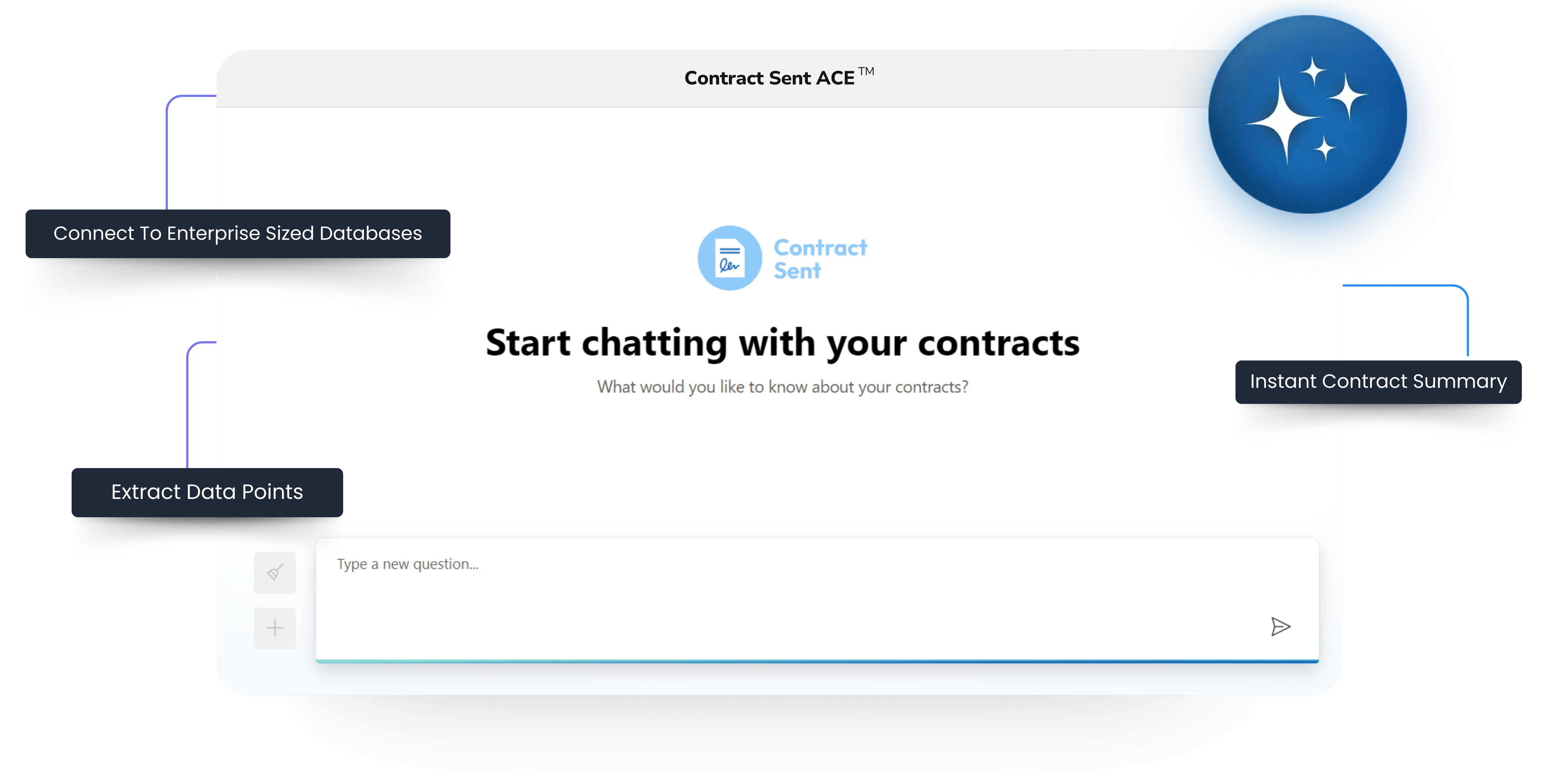As with any difficult conversation that you’ll have in business having a prior relationship with the other party and mutual respect for getting a result without hurting the other party is essential to good SaaS contract negotiations. Building better relationships will always help you have a better SaaS negotiation. Here are four techniques you can incorporate into your selling to set up the relationship with the buyer to make your SaaS contract negotiations easier.
Early contract decisions
The earlier you get a contract in front of a legal team the better. Salespeople are often hesitant to do this as they worry about the relationship building being hurt by ‘getting down to business’. This can easily be dealt with by breaking the contracting process into chunks. Rather than asking them to look at the full contract that includes the level of product they are purchasing that may or may not have been discussed yet it can be broken down into the master service agreement and a statement of work. Addressing the breakdown with statements like ‘the master service agreement is usually what takes the most time, let’s get our legal teams to hash this out in the background while we continue talking and we can build our statement of work under that if you decide to go ahead’ is an easy way create a better SaaS negotiation.
Multi-treading relationships
If you only have one champion and one contact in a business you’re setting yourself up for disaster. For two reasons. The first is that when going into conversations with procurement having one champion will give you very little clout to leverage internally. The second is much more difficult. With the number and speed of employees changing jobs these days it’s common to have your champion quit their job or move to another position mid-negotiation. This will either stall the deal or stop it completely.
Having multiple people involved will make sure that if one person drops the torch the next one will pick it up and keep things moving forwards.
Understanding commercial decision makers for better SaaS negotiation
Commercial decision-makers are often the ones who release the budget, but they can also just be the person tasked with moving deals forward that benefit the company. This is an important person. They can often be the one who overrides their legal team on certain things to make exceptions because they see the commercial benefit of using your service.
Work with your sales team to identify who this person is. They will usually come in the form of an executive sponsor, not always the end user. Building this person into conversations during the sales process will be essential to not just overcome negotiation issues but to speed up negotiations if they slow.
One of the core conversations to have this person in is the conversation around the commercial benefits of using your product. Ensuring that person has soundbites to leave the meeting with of commercial impact will help them weigh up the contract clauses they are willing to accept to have the deal go ahead.
Questioning blanket contract clauses
More often than not the legal teams in companies that you are looking to contract with will look to cut through your master service agreement with redlines like a hot knife through butter. They will at times delete entire sections that they see as not agreeable to their outcomes. This type of blanket contracting is often the reaction of a busy lawyer looking to skip through a bunch of contract reviews and they have their cheat sheet of what can and can’t be accepted. A common area where this happens is in the area of SaaS contract liability and warrants. Whatever clause comes close to that cheat sheet can and will be entirely deleted. Who has time to read that in detail?
A common reaction to this is to see that they have deleted an entire section that contained something important to you and therefore to push back on the entire deletion. This can cause conflict and force both sides to dig in and be stubborn in their positions and see the inclusion of certain clauses as a winner-takes-all all situation. This will sour a relationship and a deal quickly.
A more effective response to this type of deletion is to simply ask ‘What in particular was it in this section that you were unwilling to agree to?’ More often than not they will point out particular areas and you’ll be able to incorporate a lot more of the original text they you would have if you pushed back on the entire deletion.












